Agra: Taj Mahal, Agra Fort, Orphanage, Street Scenes
Agra, with a present population of about 1.2 million, was home to the Mughal court during the 16th and 17th centuries, and with the patronage of emperors Akbar, Jahangir and Shah Jahan it attracted artisans from far and wide to build palaces, forts and mausoleums. This morning we visit the most famous of these, the Taj Mahal, and then the Agra Fort, and of course yesterday we toured the Fatehpur Sikri. Also this afternoon we will visit an orphanage run by the Mother Theresa Mission.
Taj Mahal
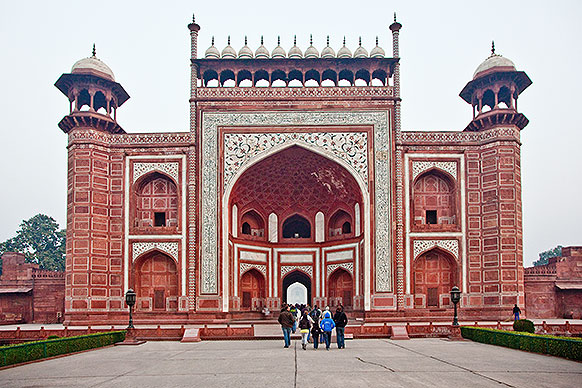
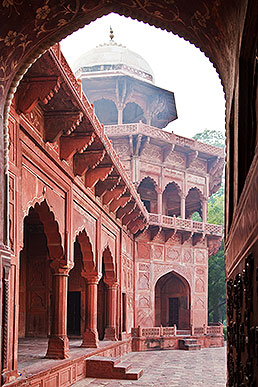
No, this isn't it. This is the gatehouse to the compound.
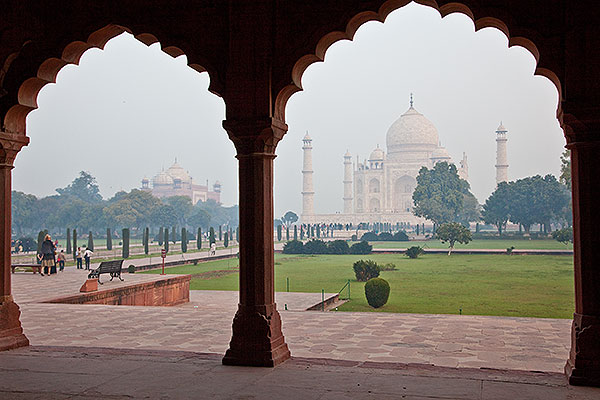
Now we can see the Taj Mahal through arches, and then in a more classic view, below. The atmosphere is a bit thick with smog this morning, but it gradually burns off while we are on the premises.
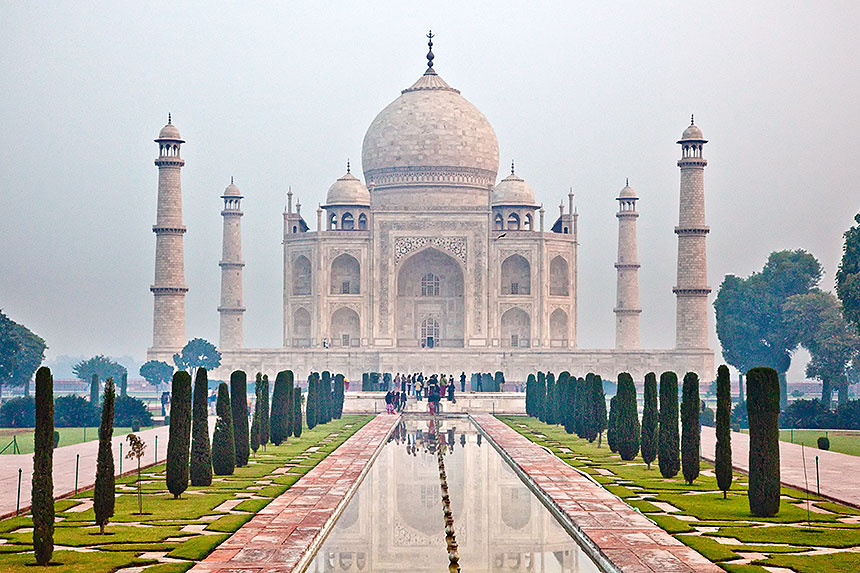
The Taj Mahal is a mausoleum built by emperor Shah Jahan (1592-1666) in memory of his favorite wife Mumtaz Mahal, who died in 1631, and whose tomb is at the center. About 20,000 workers were employed during 21 years of construction. Here we see the Taj from the center of the Charbagh (garden) and beyond the Lotus Pool.
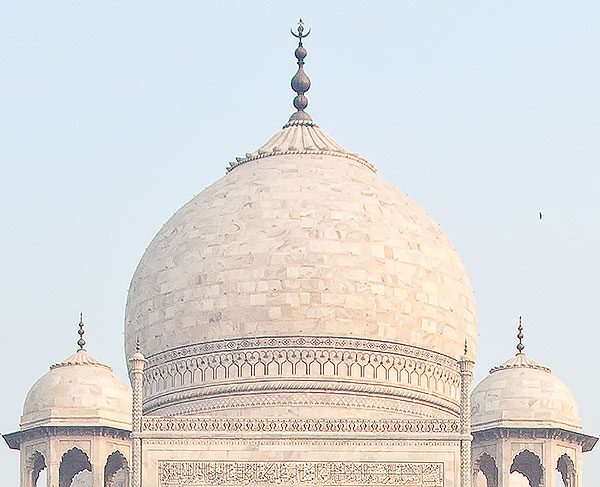
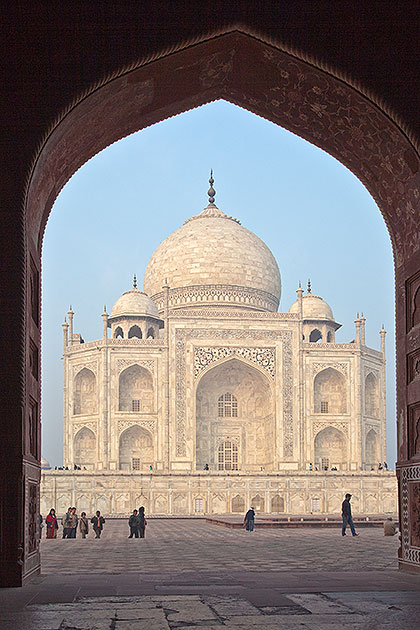
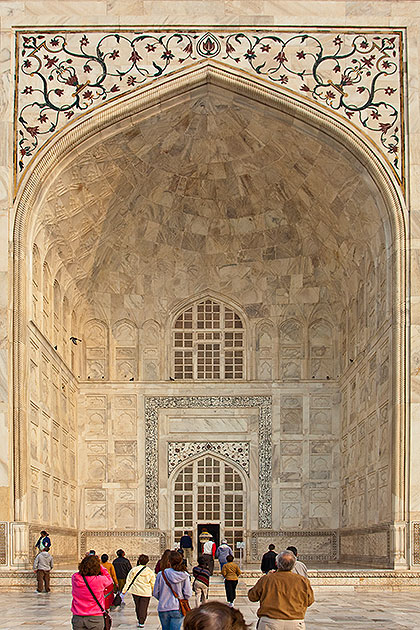
A side view, left, and a closer up view of one of the Pishtaqs (recessed arches).

The very shallow Yamuna River runs behind the Taj Mahal, where it is enjoyed by these wading birds.
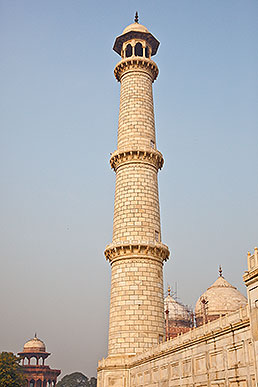
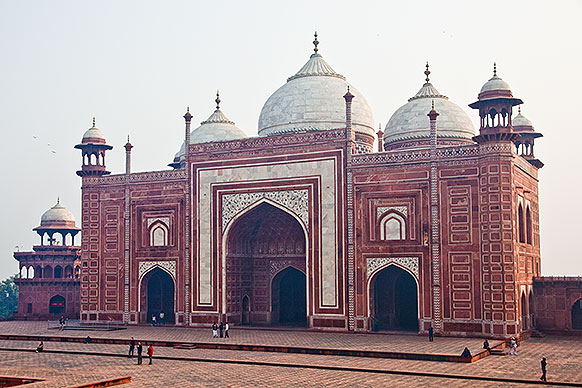
One of the four minarets, left. Each of them is 141 feet tall. At right is the mosque on the premises.
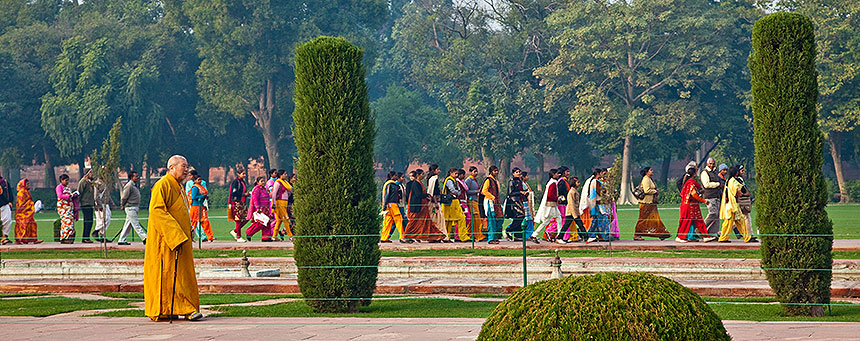
Colorfully dressed local people hurry toward the Taj Mahal and its mosque.
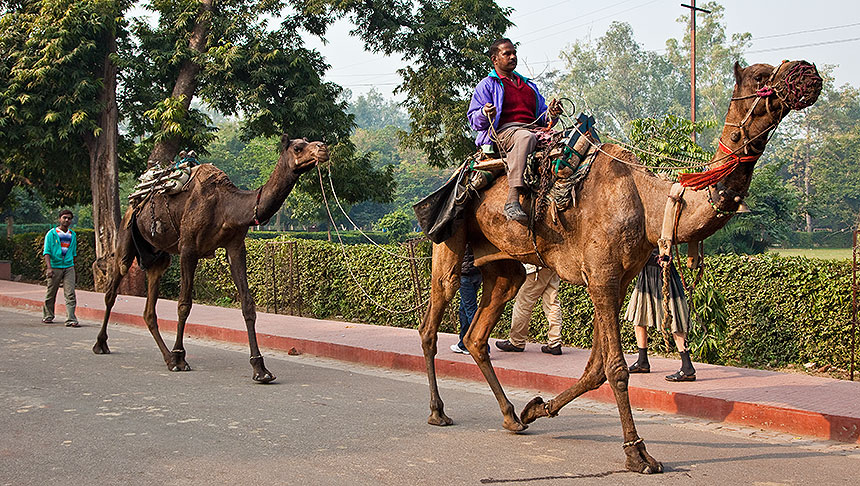
Agra Fort
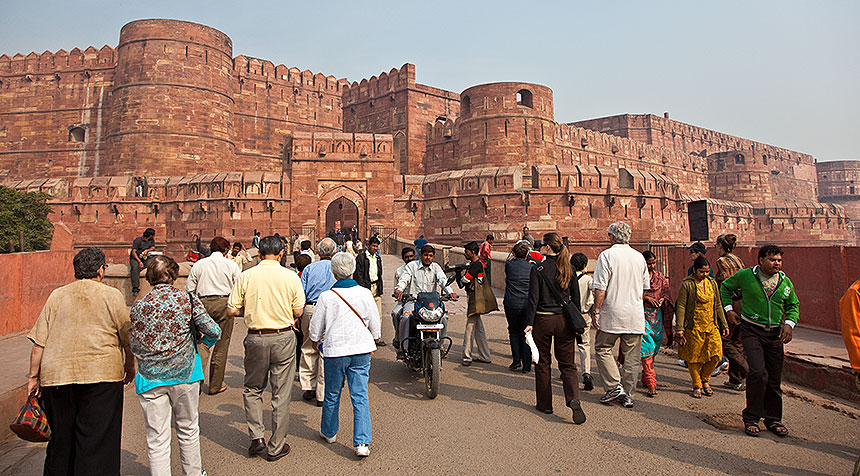
The red sandstone Agra Fort stands only a short distance from the city of Agra, overlooking the bank of the Yamuna River. It was built by Emperor Akbar between 1565 and 1573, and enhanced by Shah Jahan. It is surrounded by a moat, now dry. We are heading toward the first of three gates which visitors approaching the south entrance to the fort must pass through before gaining the main courtyard within. In Akbar's time the west "Delhi Gate" was the main entrance to the fort.

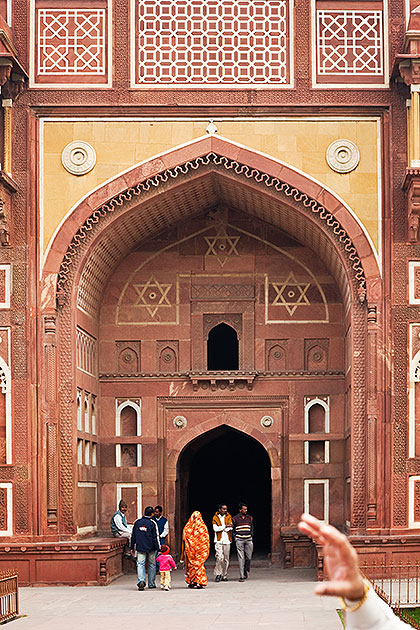
Left, we are gathering in front of the Akbari Darwaza ("Akbar's Gate"), the third and final gate guarding the south entrance to the fort. The gate pierces the fort's massive inner wall between protective towers, which still retain some traces of their original tiling. Right, entrance to the Jahangiri Mahal (see next photo).
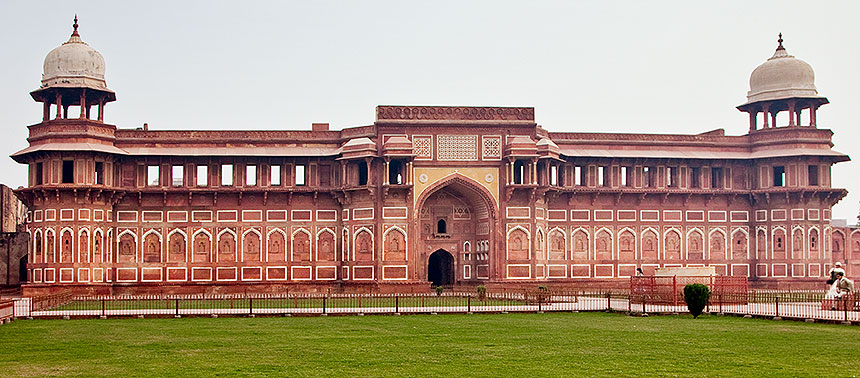
The Jahangiri Mahal, Emperor Akbar's palace.
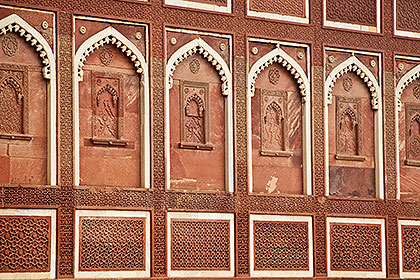
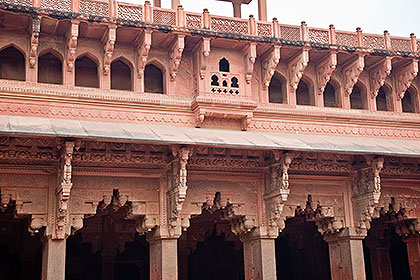
Details of the Jahangiri Mahal.
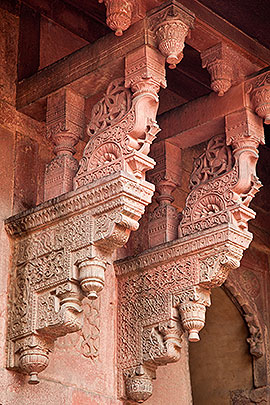
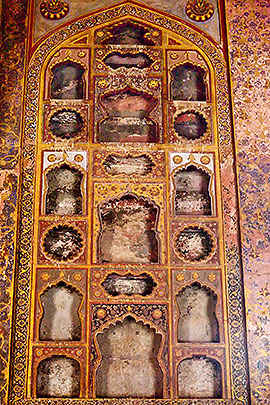
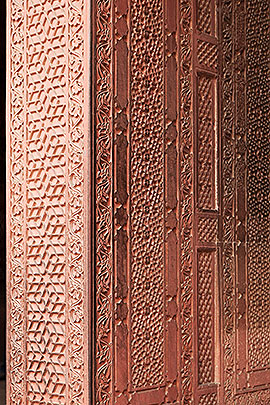
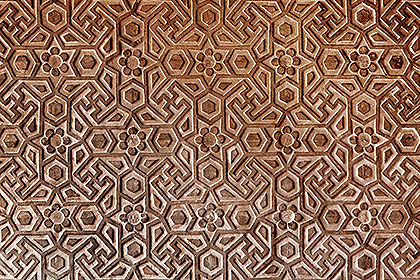
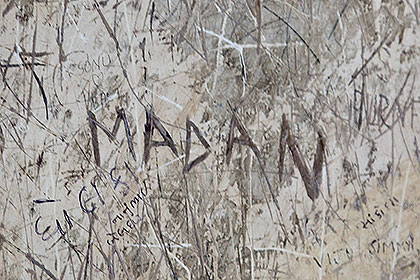
More details, including graffiti. We assume our national guide is not the same Madan who inscribed his name on a wall.
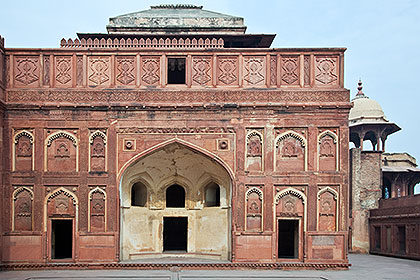
Another building behind the Jahangiri Mahal.
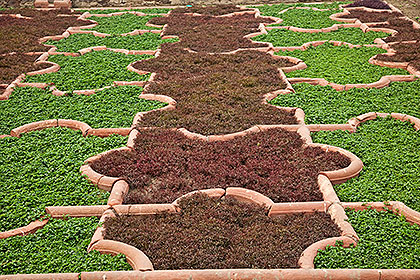
Garden in the courtyard of the Diwan-i-Aam.
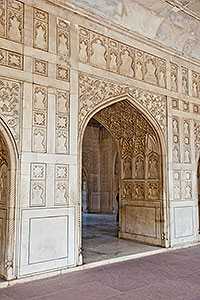
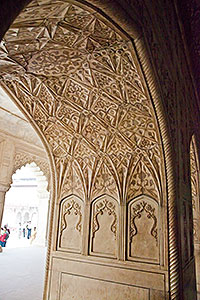
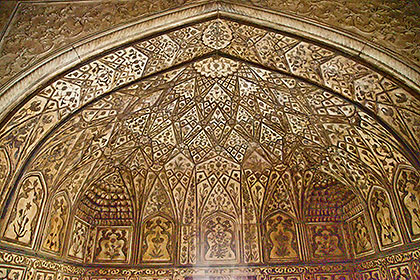
Arches everywhere.
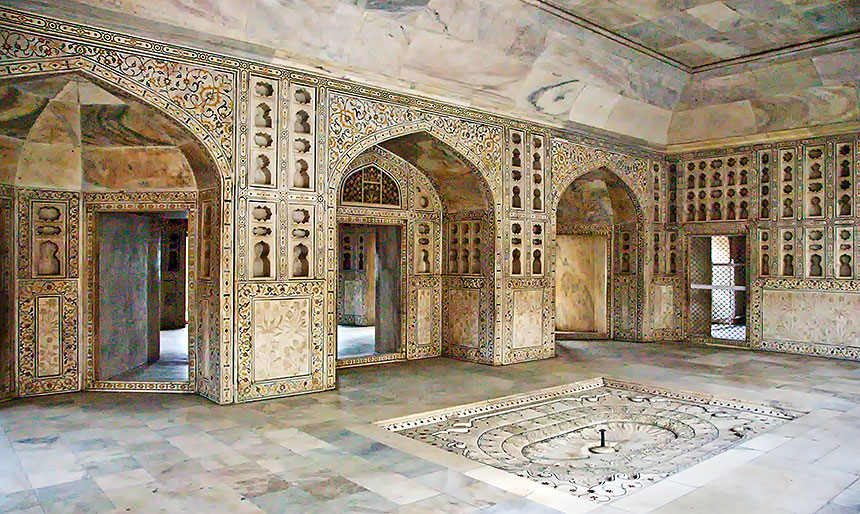
Musamman Burj. Shah Jahan, deposed and imprisoned by his son, spent the final years of his life here. Details of pillar and marble screen, below.
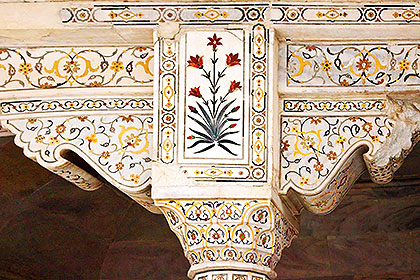
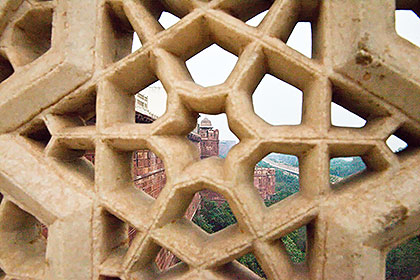
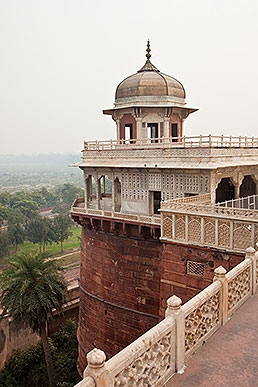
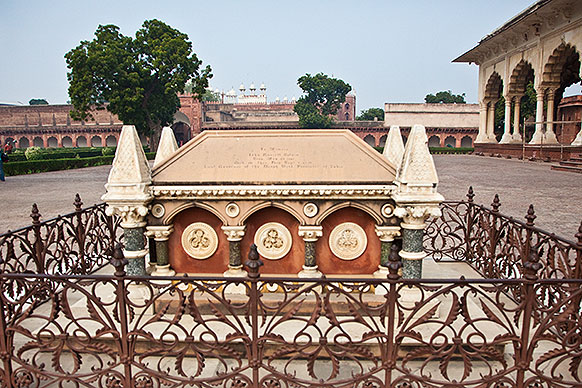
Right: tomb of John Russell Colvin, in the courtyard of the Diwan-i-Aam.
Orphanage Run by Mother Theresa's Charity Mission.

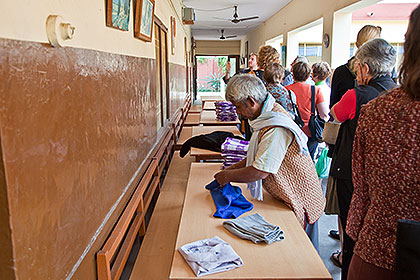
We visit one of the orphanages run by Mother Theresa's Charity Mission. This particular orphanage is primarily for orphans with mental and developmental disabilities, but it also has some normal children who may be transferred to other orphanages later, as well as some elderly widows. The courtyard, below, is a playground for all of the children; we take this photo to show the layout, but no close-ups of any of the disabled children.
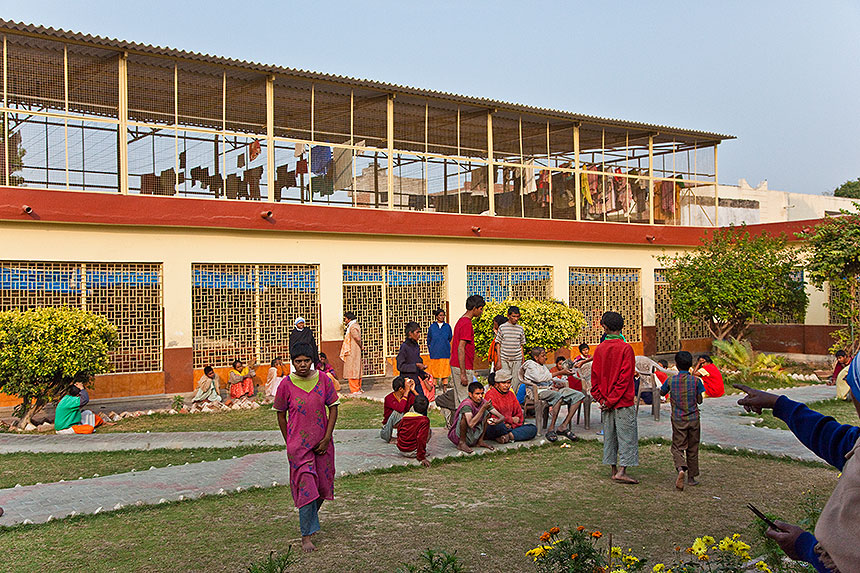
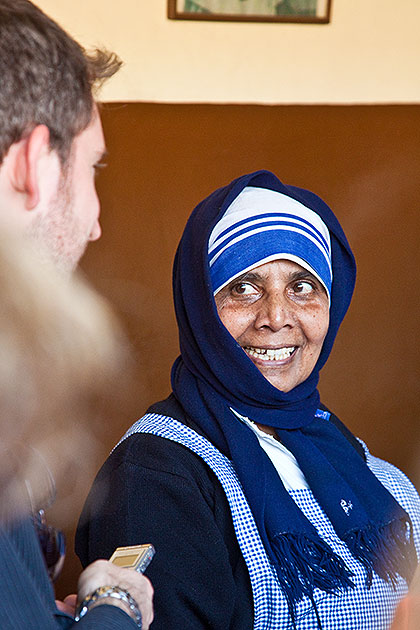
The nun in charge of the orphanage.
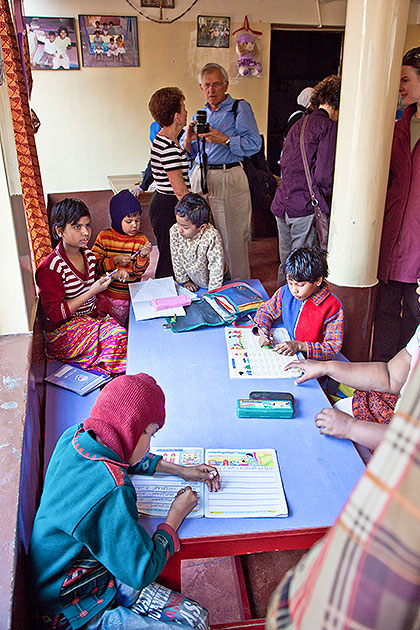
Schoolwork.
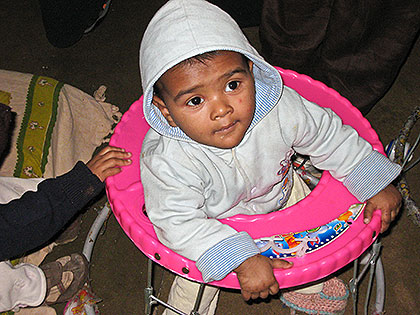
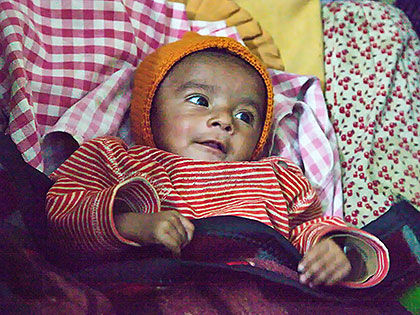
Some of the orphan children we meet, including a newborn.
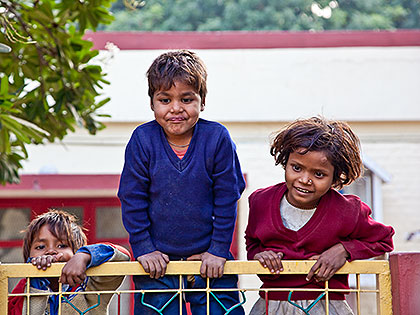
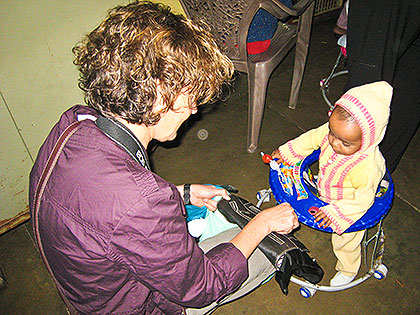
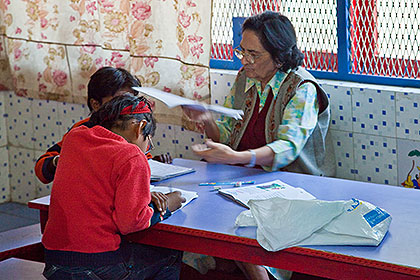
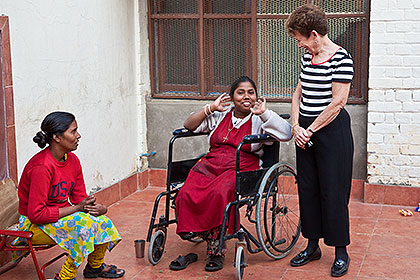

After leaving the orphanage we see this child perched on the second storey of a half-built (or un built?) building. Her father is working nearby.
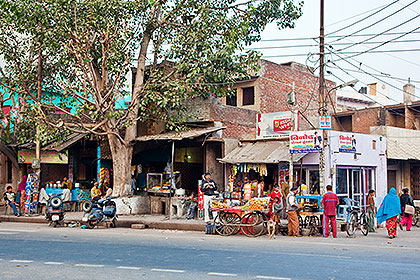
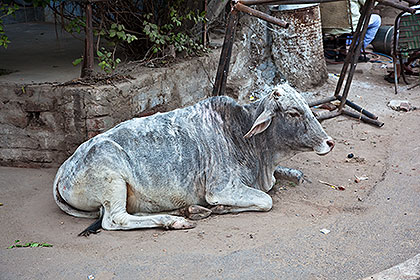
Carol H. and I take a walk around the neighborhood near our hotel, and collect a few more street scenes.

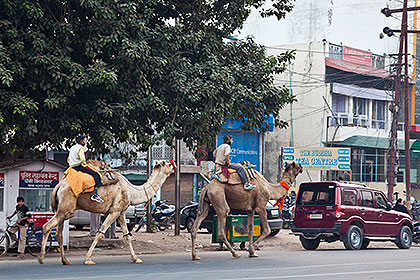
That wraps it up for Agra. Tomorrow we will go on to Orchha and Khajuraho.